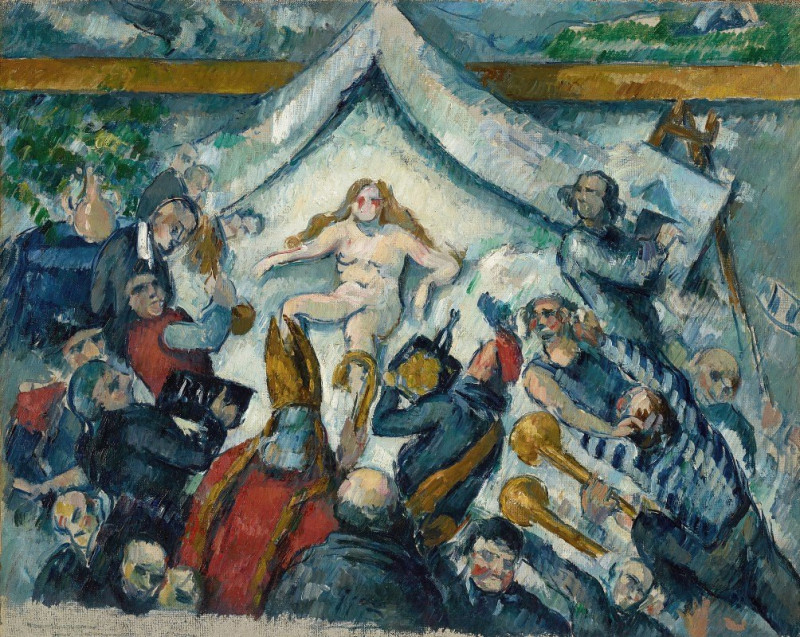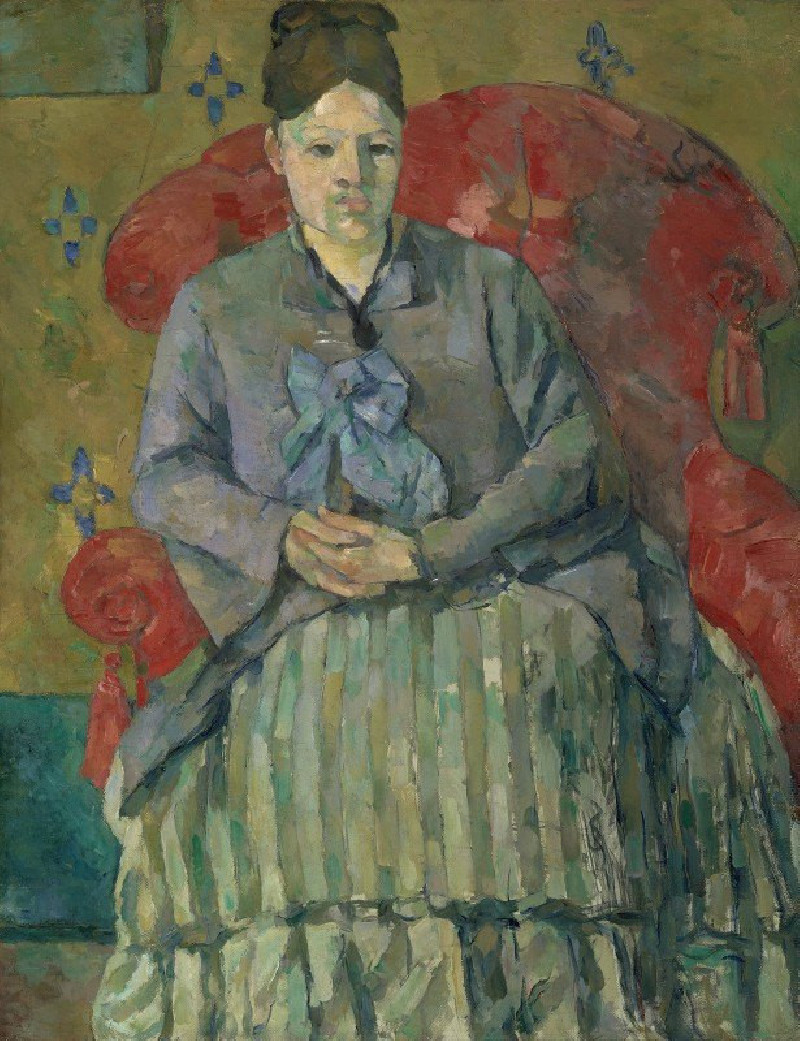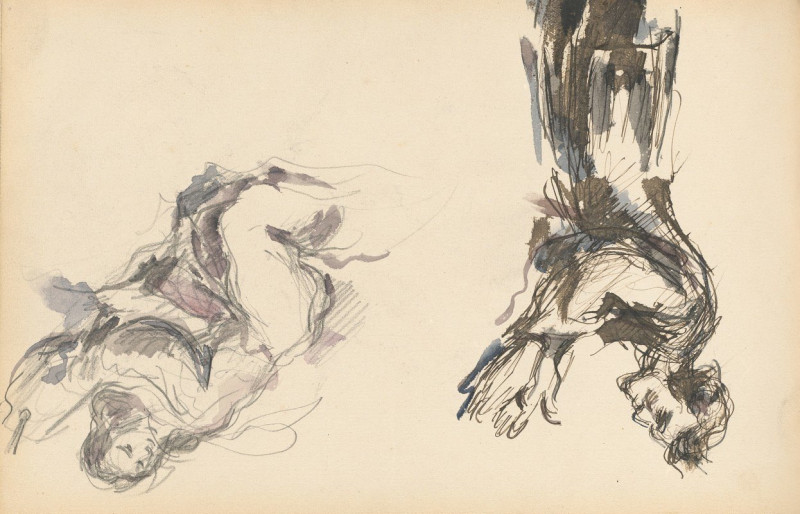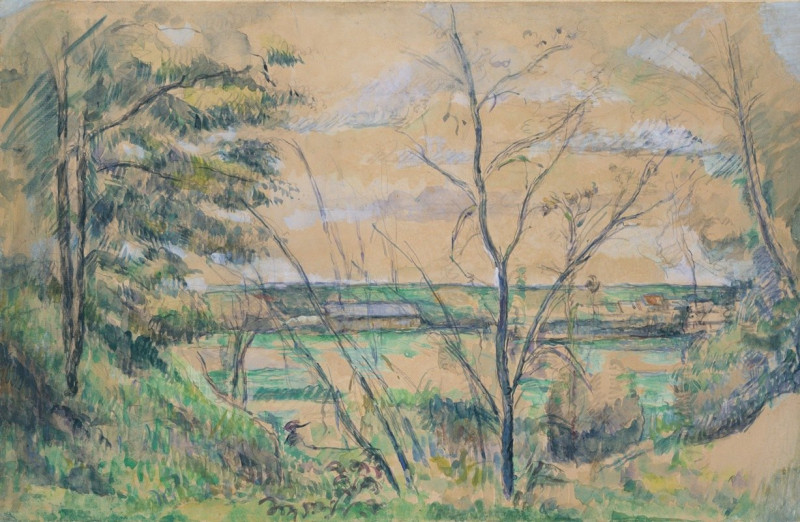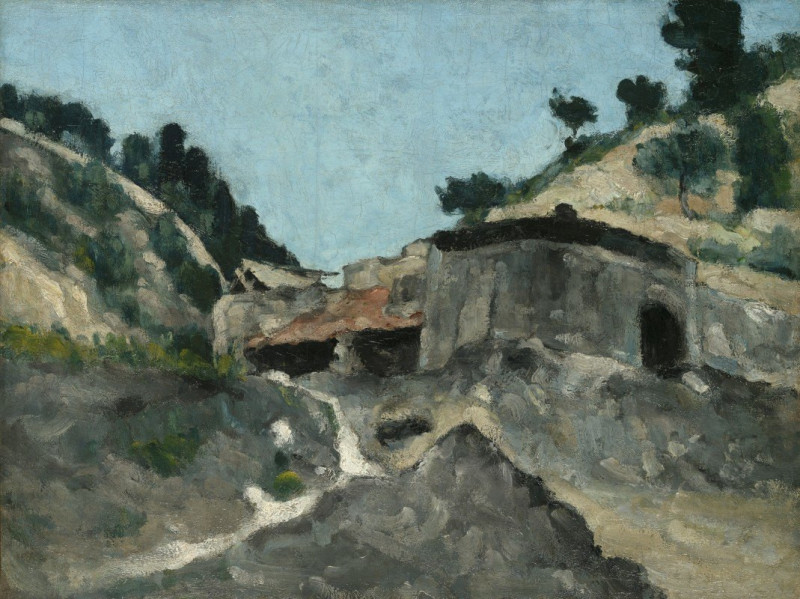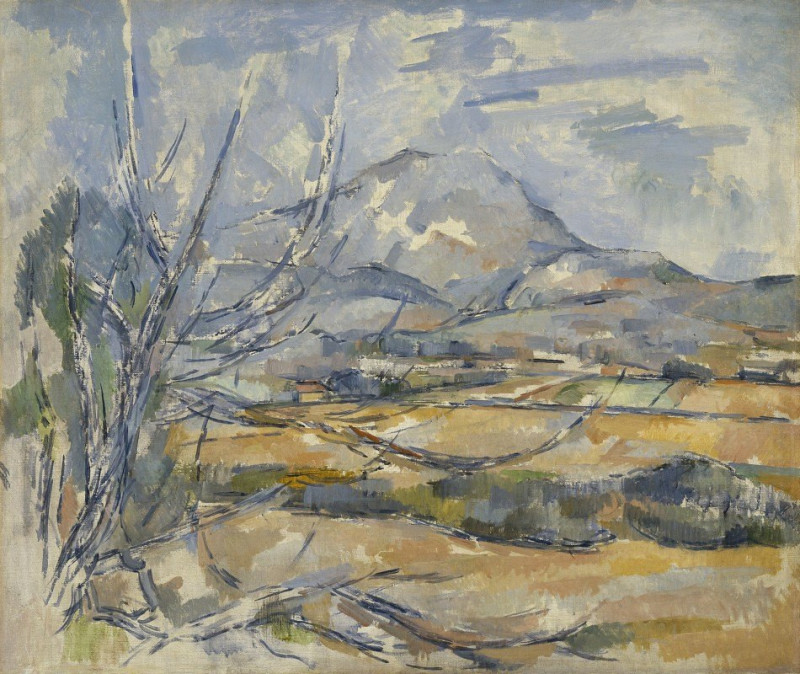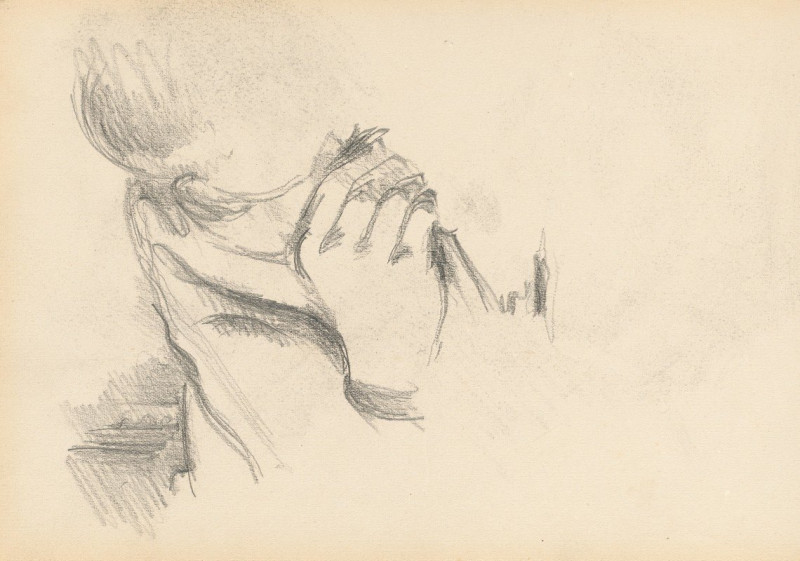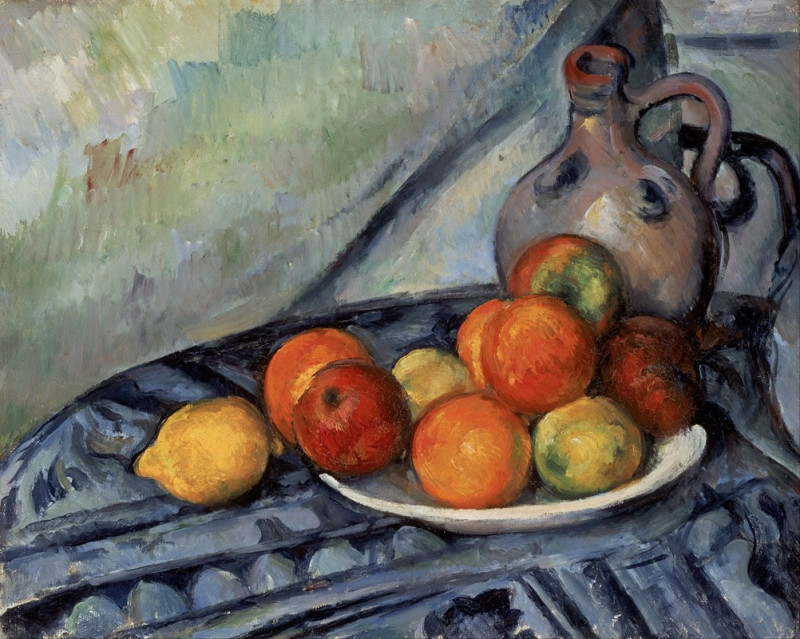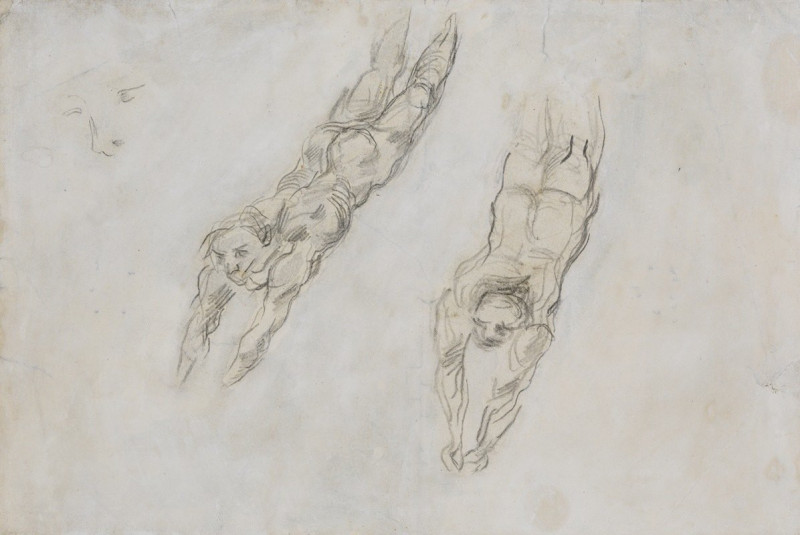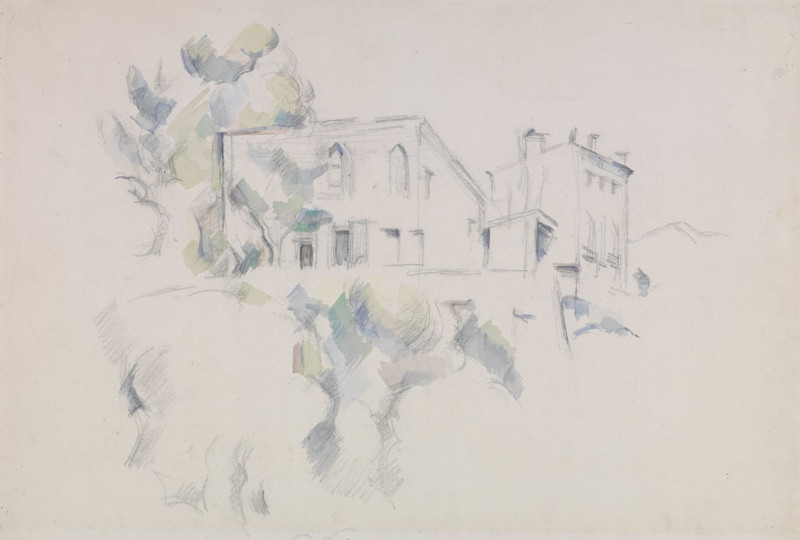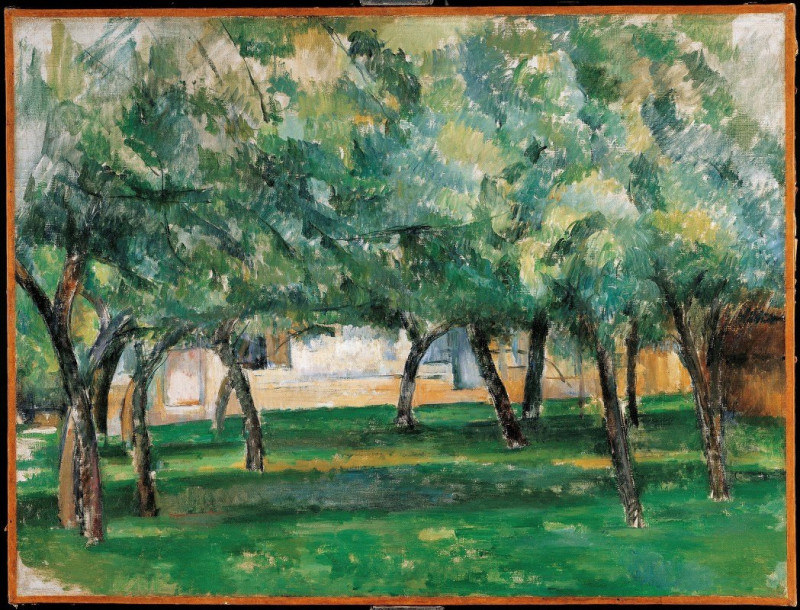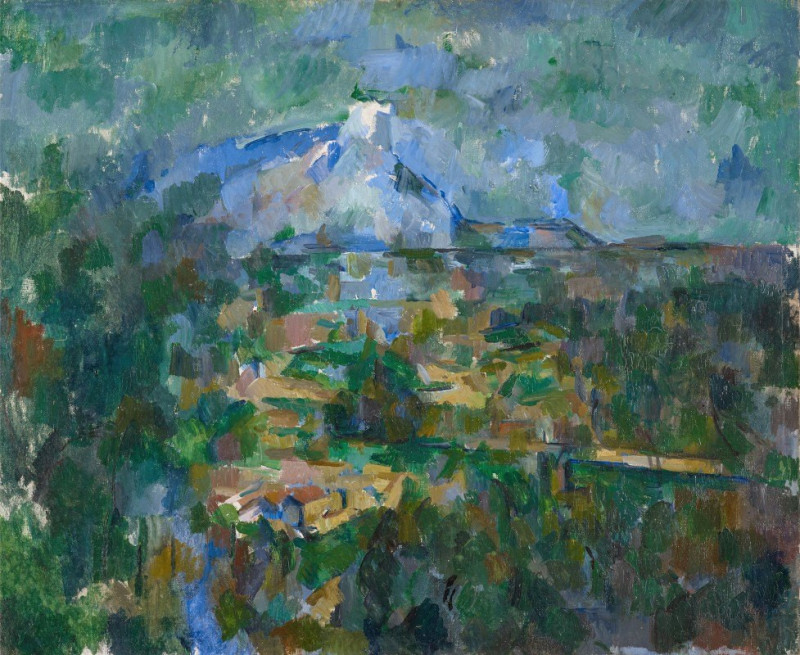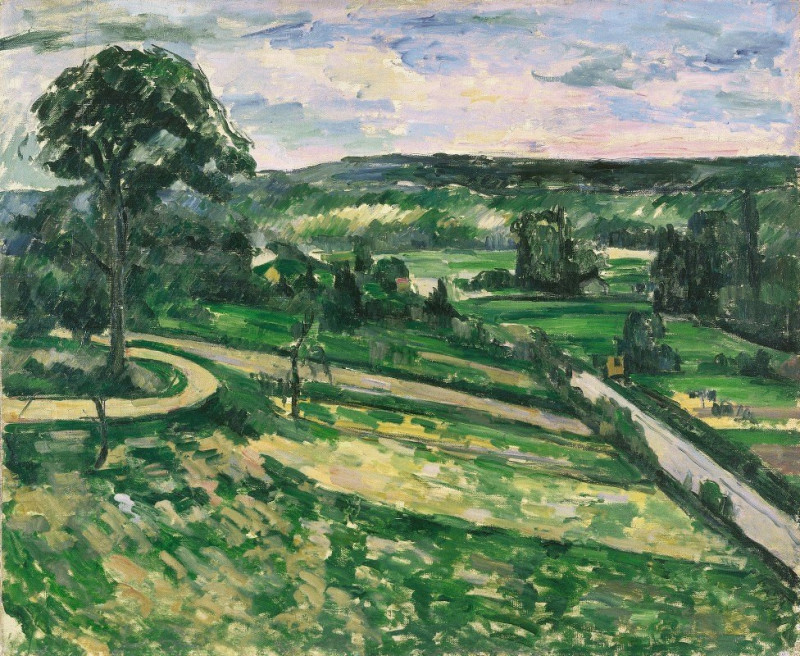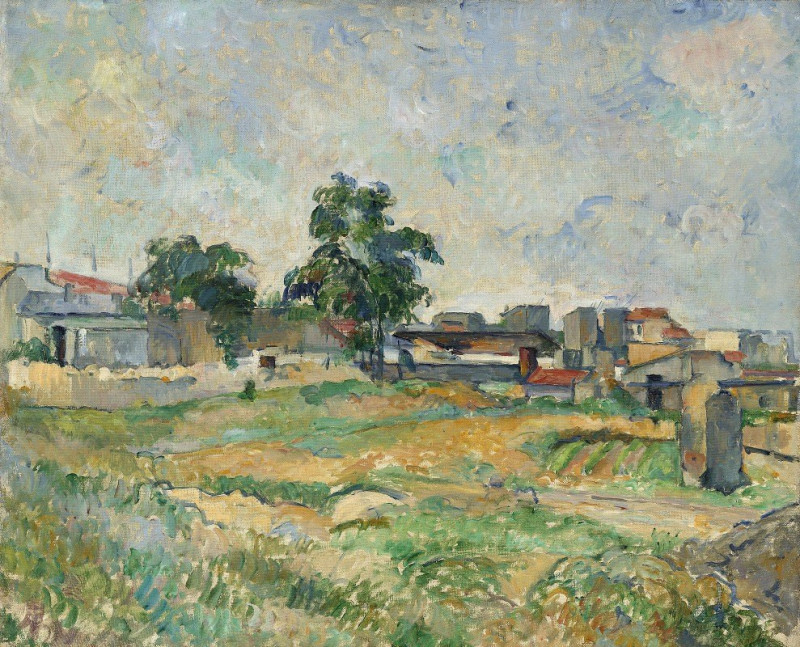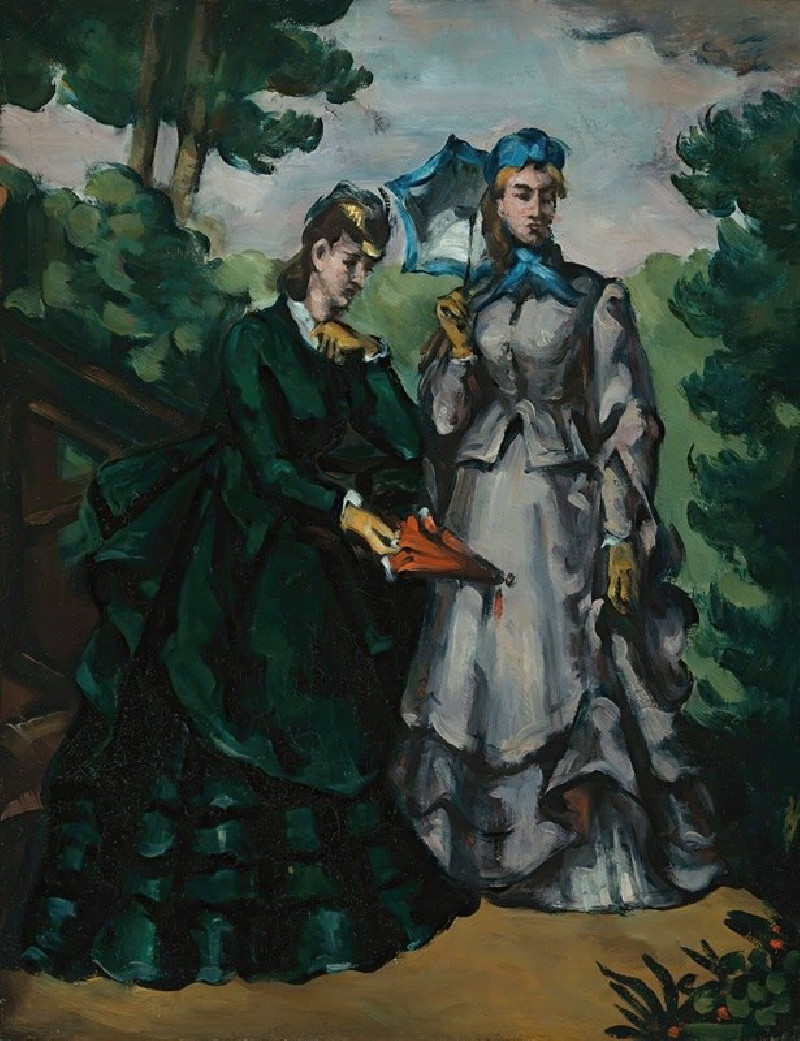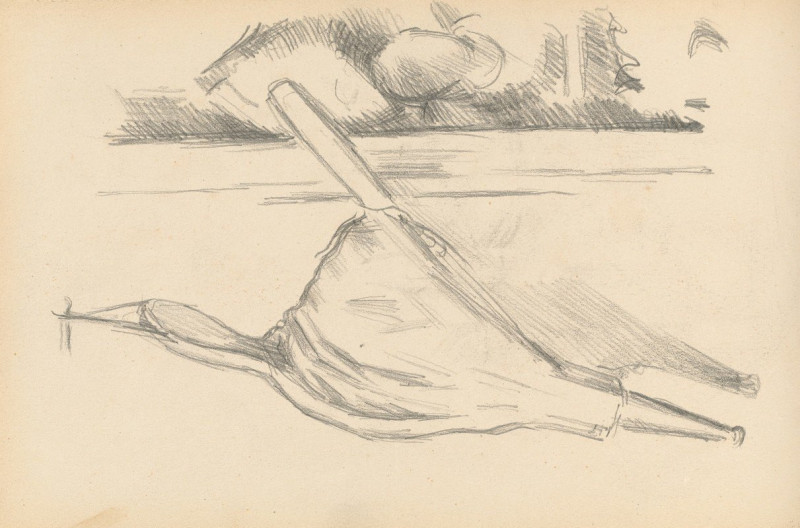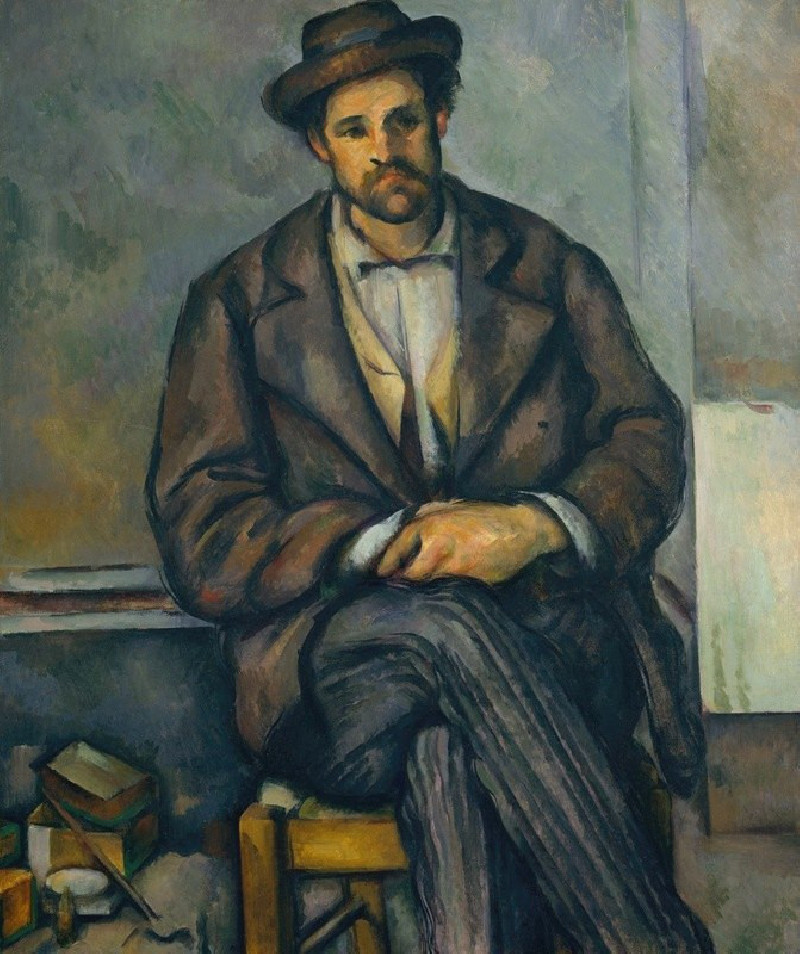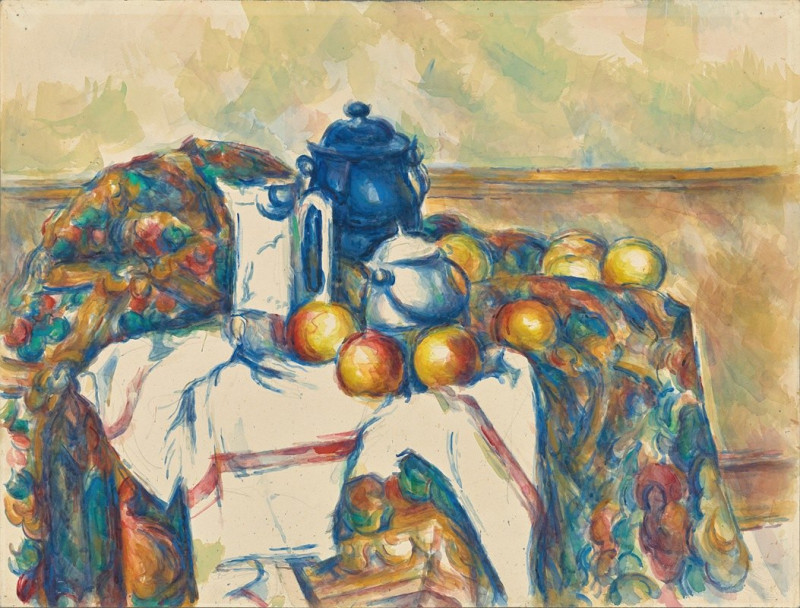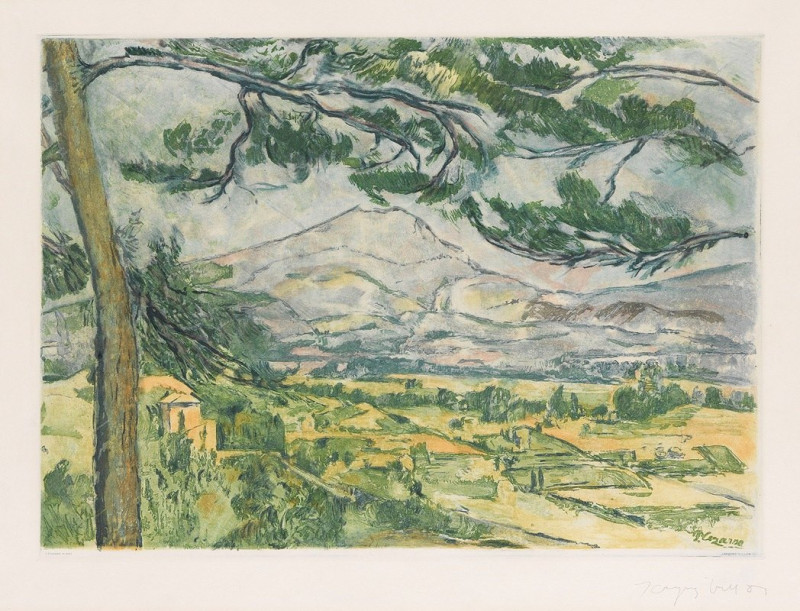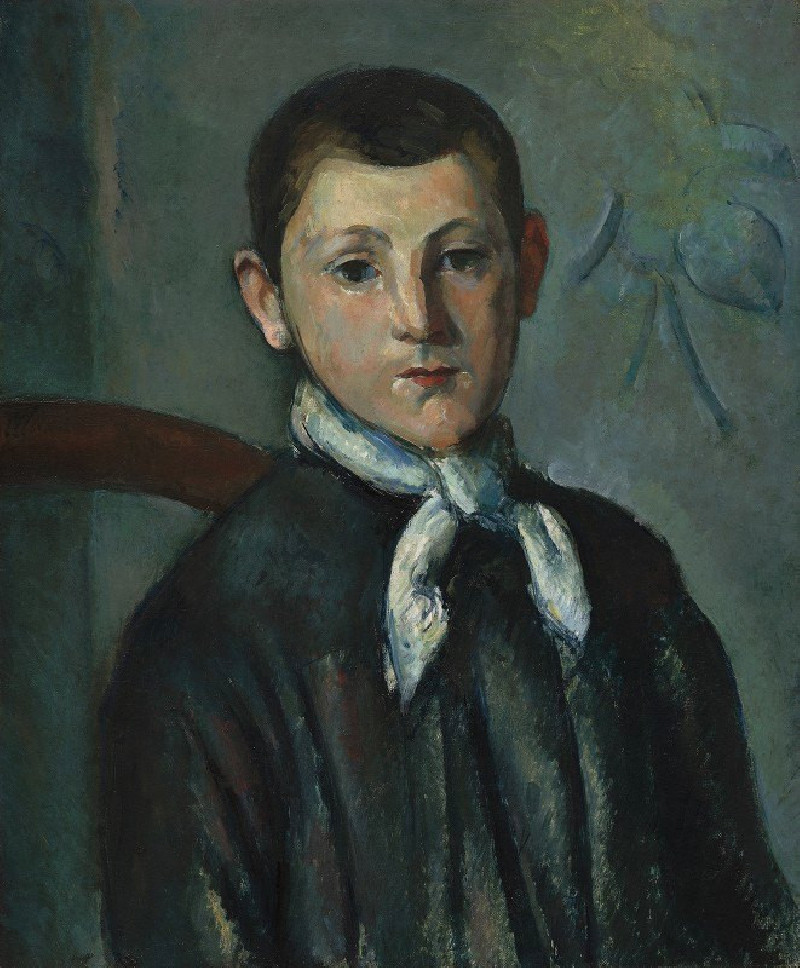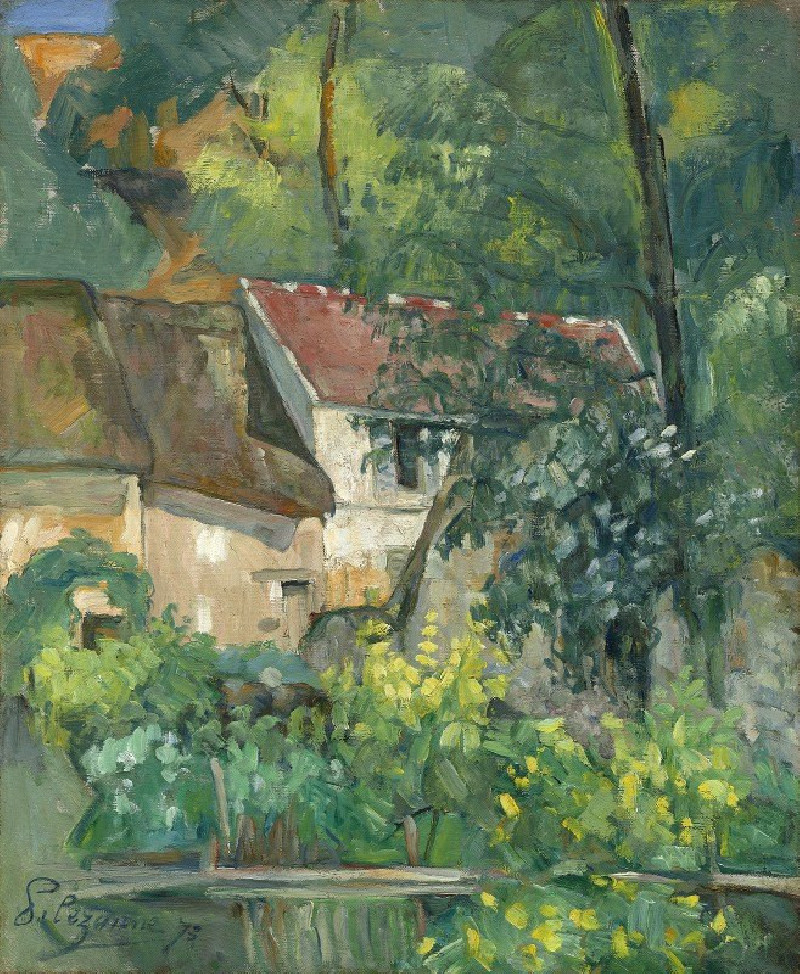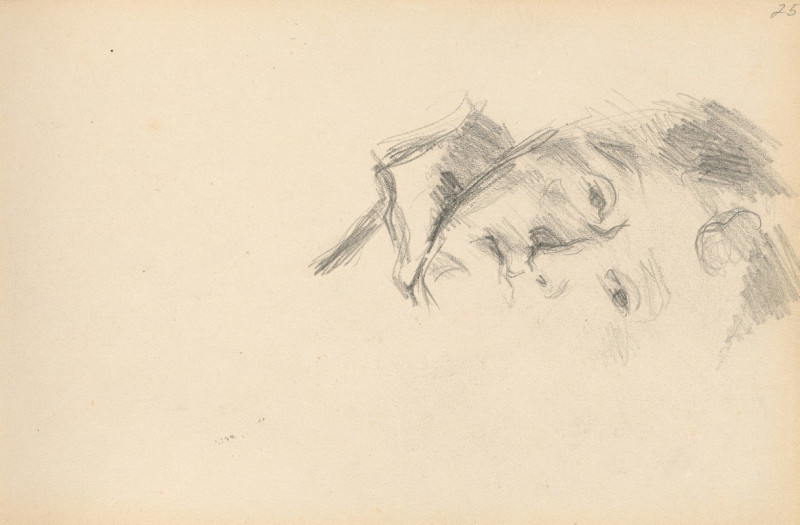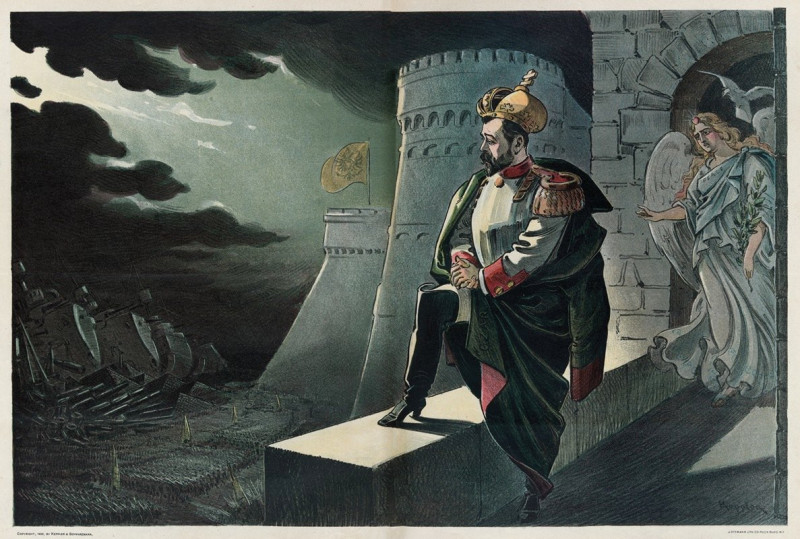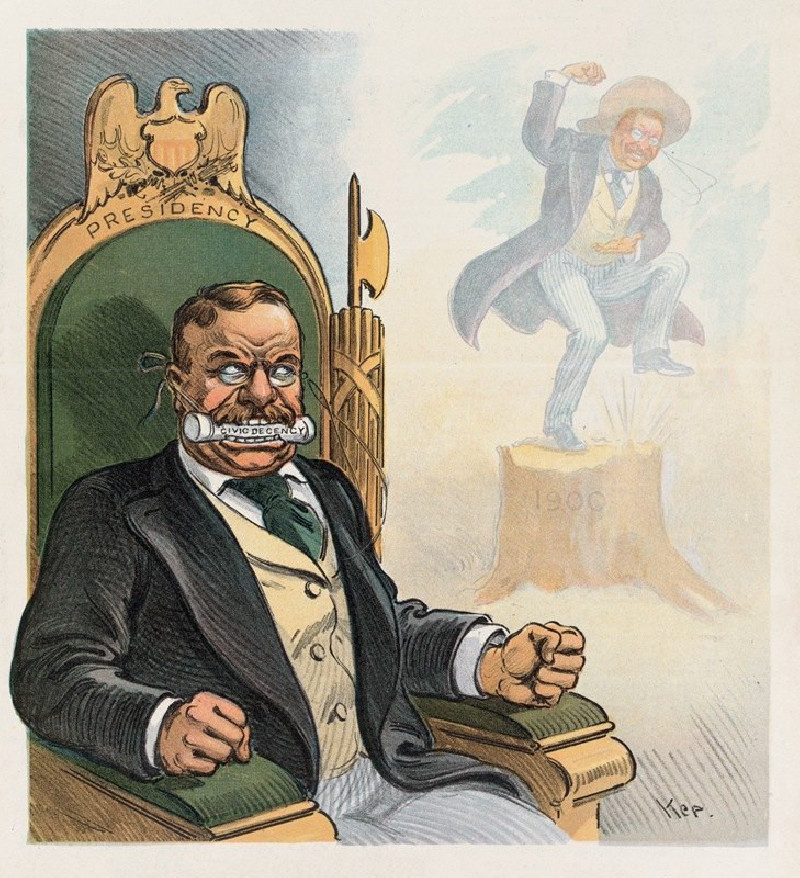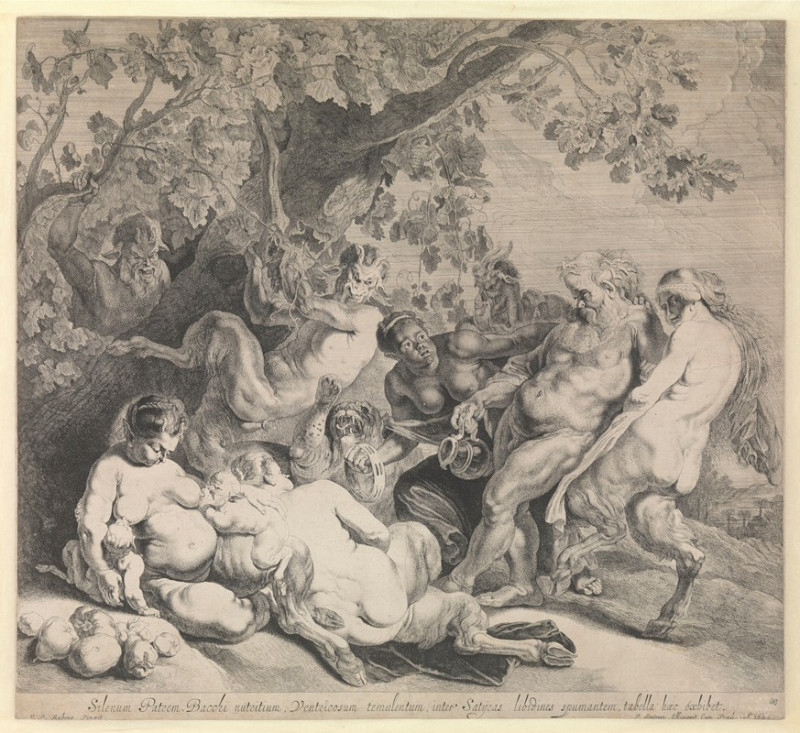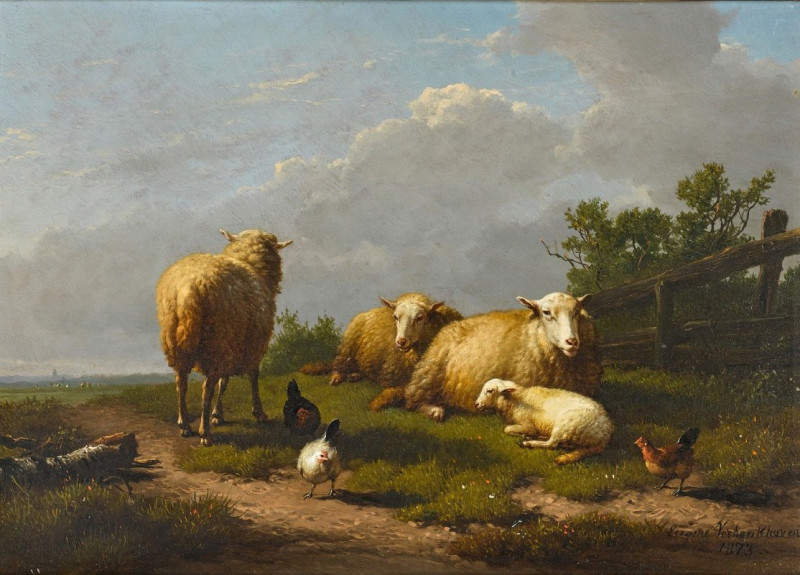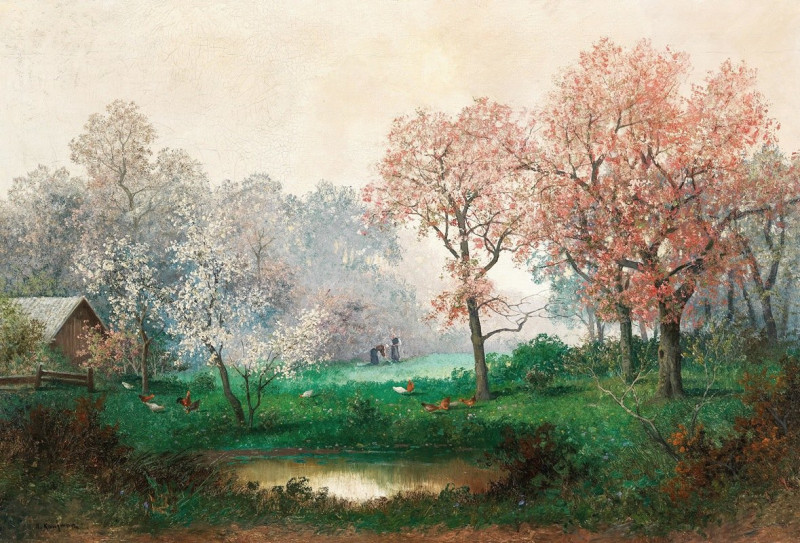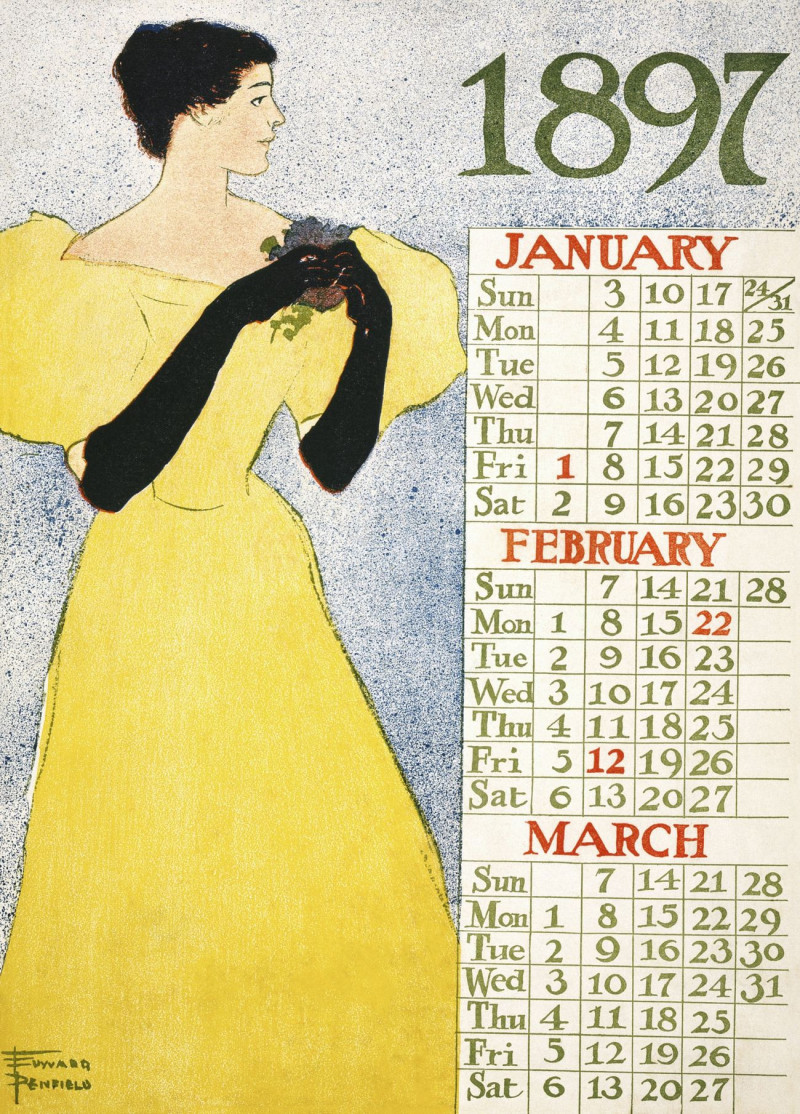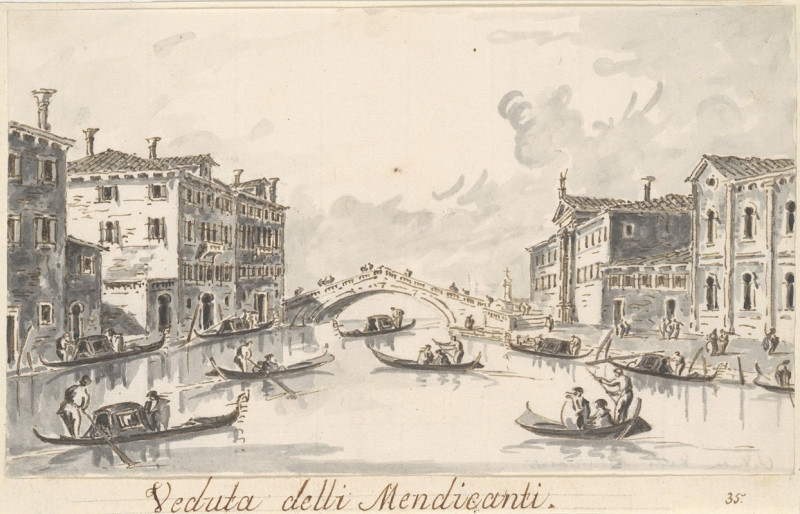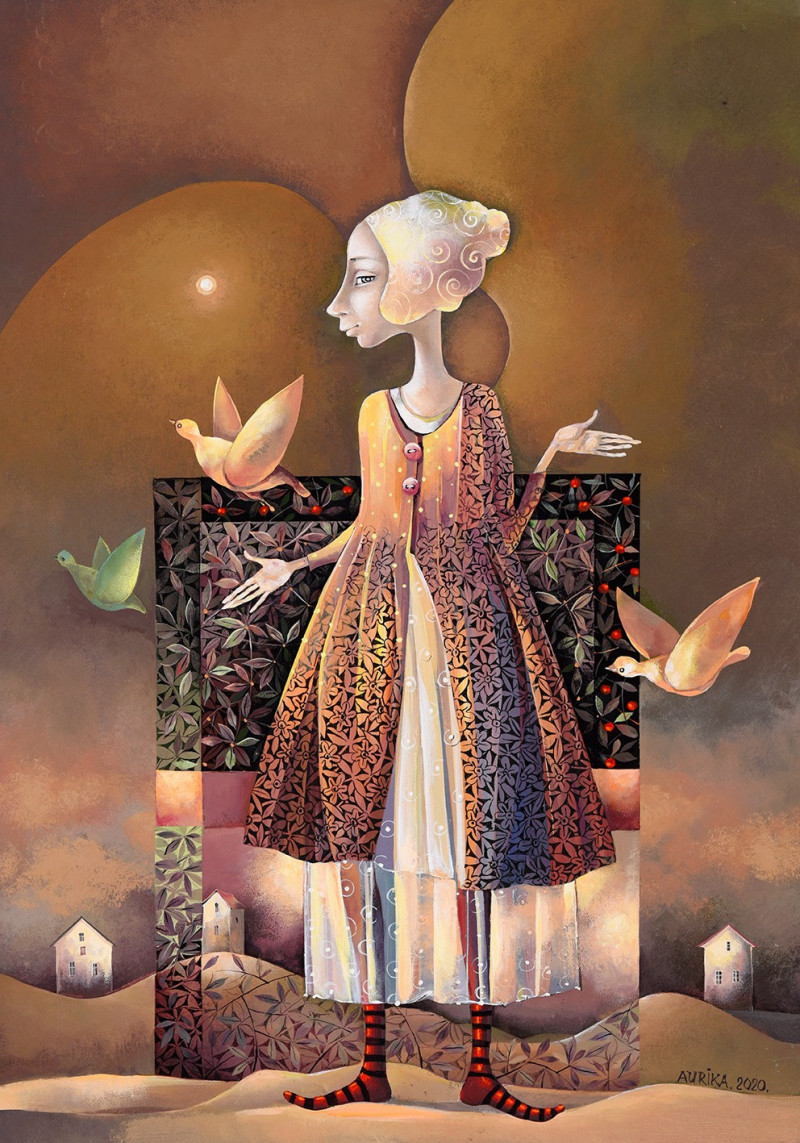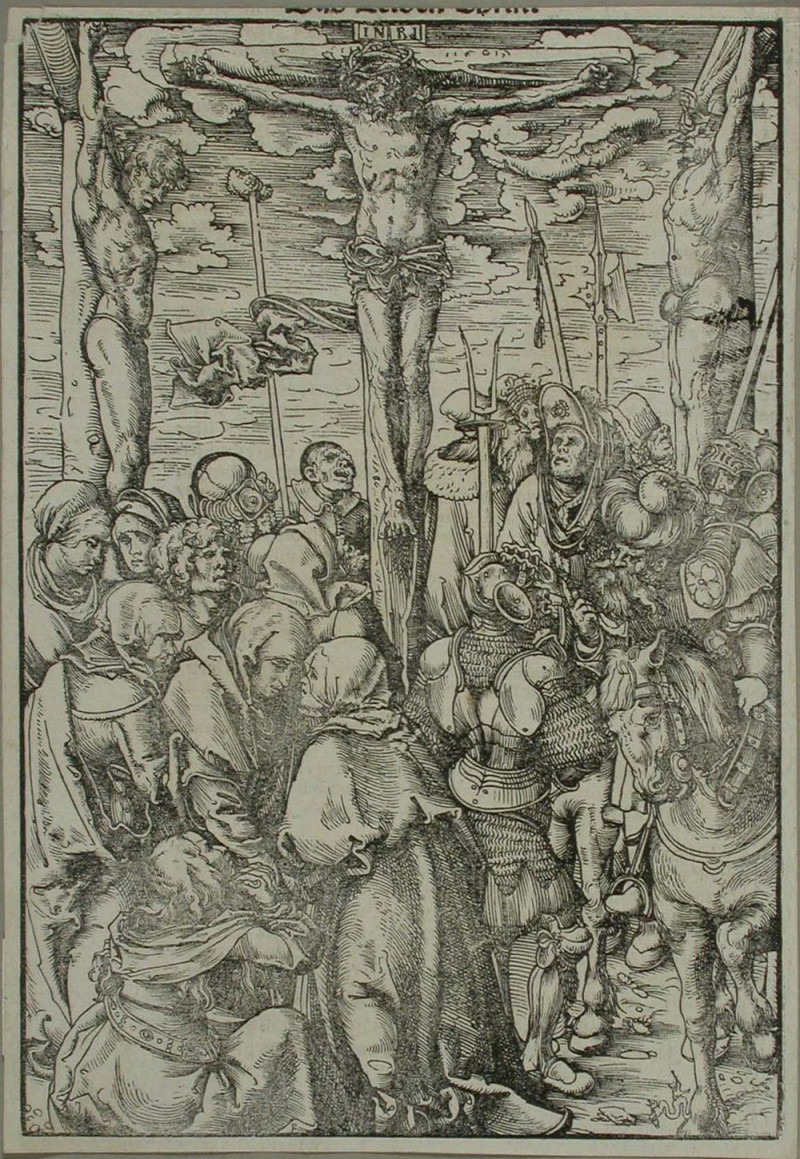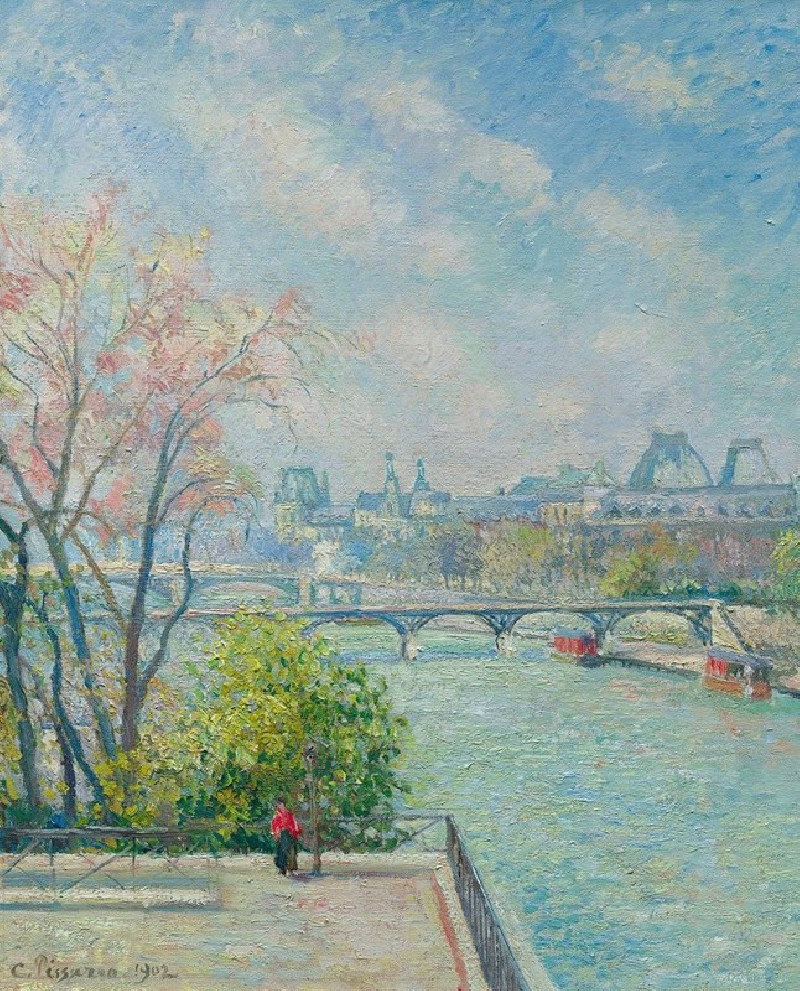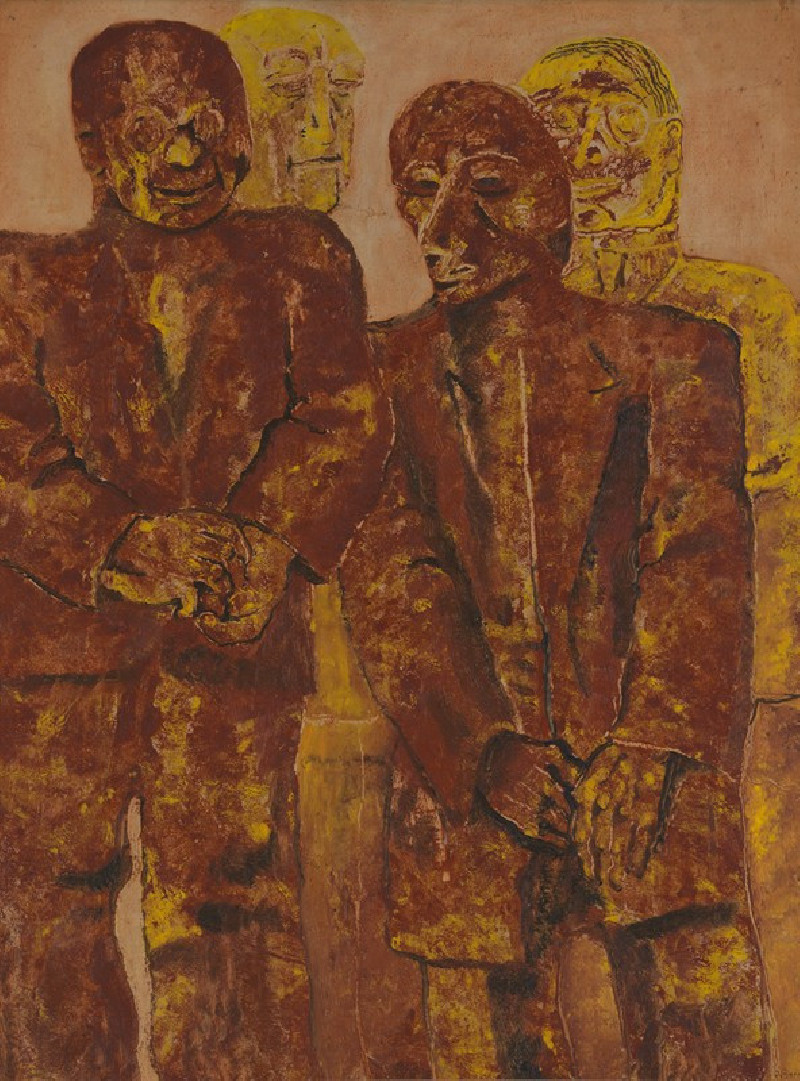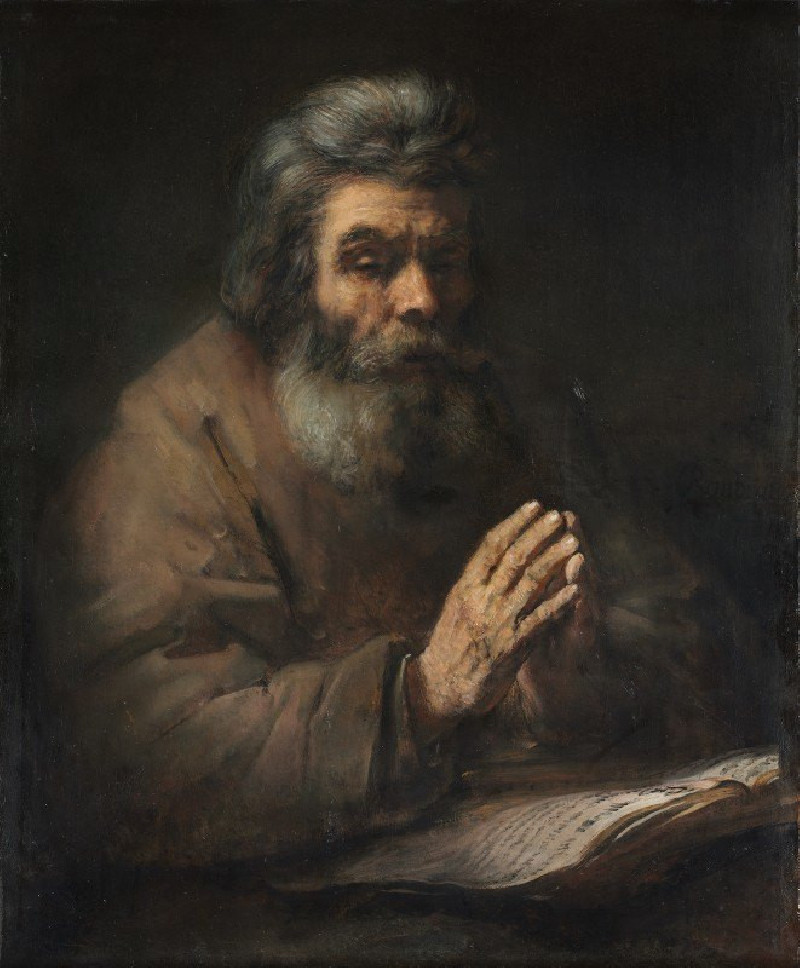The Eternal Feminine (1877)
Technique: Giclée quality print
Recommended by our customers
More about this artwork
"The Eternal Feminine" by Paul Cézanne, painted in 1877, stands as a compelling exploration of complex themes captured through the artist's distinct post-impressionistic approach. This enigmatic painting depicts a dramatically enlivened scene centered around a reclining nude figure, symbolizing the eternal concept of femininity. Surrounded by a range of figures whose expressions and poses suggest absorption in deep contemplation or discussion, the artwork invites interpretations related to the roles and perceptions of women through the ages.Cézanne's use of vibrant, juxtaposed brushstrokes and a color palette that merges cool and warm tones contributes to a dynamic composition that seems to vibrate with energy. The surrounding characters, each rendered in a style that borders on abstraction, add to the narrative complexity, highlighting the interaction of the mundane with the ideal.Overall, this work serves not only as a piece of visual art but as a philosophical inquiry into the constants and variances in how femininity has been revered, depicted, and pondered throughout history and art.

